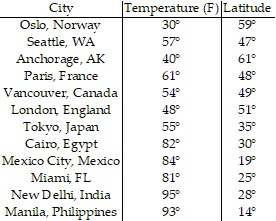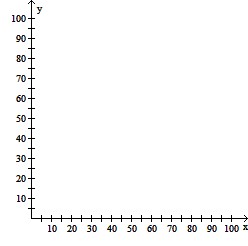Provide the proper response.If f(x) ? 0 on the interval [a, b], then  representsi) the area to the right of the y-axis between y = a and y = b.ii)the area above the x-axis between x = a and x = b.iii) the area below the x-axis between x = a and x = b.
representsi) the area to the right of the y-axis between y = a and y = b.ii)the area above the x-axis between x = a and x = b.iii) the area below the x-axis between x = a and x = b.
A. Only iii is correct.
B. Only ii is correct.
C. Only i is correct.
D. Either ii or iii could be correct.
Answer: A
You might also like to view...
Set up the general equation from the given statement.r varies jointly as s and t.
A. r = kst
B. r = 
C. r = kd + kt
D. r = kd + t
Find a general term an for the arithmetic sequence.a1 = 0.55, d = 0.05
A. an = 0.55 + 0.05n B. an = 0.1n + 0.5 C. an = 0.05n + 0.5 D. an = 0.1n + 1
Solve the problem.Suppose that a cost-benefit model is given by ?f(x) =  where f(x) is the cost in thousands of dollars of removing x percent of a given pollutant. What is the vertical asymptote of the graph of this function? What does this suggest about the possibility of removing all of the pollutant? Explain your reasoning.
where f(x) is the cost in thousands of dollars of removing x percent of a given pollutant. What is the vertical asymptote of the graph of this function? What does this suggest about the possibility of removing all of the pollutant? Explain your reasoning.
What will be an ideal response?
Solve the problem.The one-day temperatures for 12 world cities along with their latitudes are shown in the table below. Make a scatter diagram for the data. Then find the line of best fit and graph it on the scatter diagram. Latitude (degrees)
Latitude (degrees) Temperature (F)°
Temperature (F)°
What will be an ideal response?